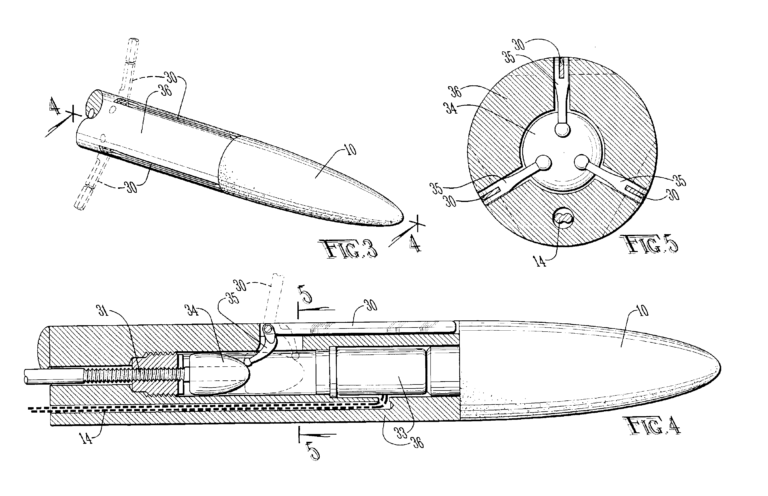Classical cannabinoid metabolites and methods of use thereof
The present invention encompasses classical cannabinoid metabolites and uses thereof.
The present invention encompasses classical cannabinoid metabolites and uses thereof.

An apparatus and method for thermally destroying tumors in which heat is generated by electrical resistance heating conducted to the target tissue. Computerized scanning is used to optimize the geometry of a thermal probe.
The present invention encompasses an amino acid composition for recovery of muscle strength and function.
Gene expression profiling between normal B cells/plasma cells and multiple myeloma cells revealed four distinct subgroups of multiple myeloma plasma cells that have significant correlation with clinical characteristics known to be associated with poor prognosis.
The invention provides isolated p49/STRAP protein, and isolated nucleic acids encoding a p49/STRAP protein. The inventors have discovered a new protein, named p49/STRAP that is expressed in cardiac tissue and other tissues in mammals.
The present invention encompasses compositions and methods for effectively treating at least one symptom or sign of methamphetamine use, or for slowing the rate of (+) methamphetamine entry into the brain of a subject.
Gene expression profiling between normal B cells/plasma cells and multiple myeloma cells revealed four distinct subgroups of multiple myeloma plasma cells that have significant correlation with clinical characteristics known to be associated with poor prognosis.
Polyphenolic compositions derived from a plant that inhibit the formation of a biofilm. Also provided are combinations that comprise at least one phenolic phytochemical and at least one antimicrobial agent that inhibit the growth of an established biofilm.
This disclosure presents embodiments of novel strains of Staphylococcus aureus that through genetic engineering produce type 5 capsular polysaccharide at greater levels than Staphylococcus aureus strain Reynolds.
The present disclosure provides derivatives of melampomagnolide B (MMB), including carbonates, carbamates, and thiocarbamates. The derivatives may be synthesized via an MMB triazole intermediate. These derivatives are useful for treating cancer in humans.